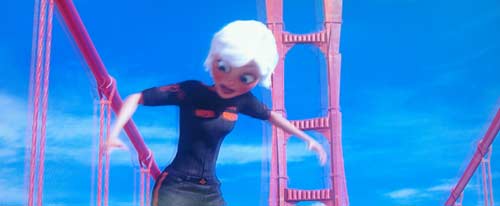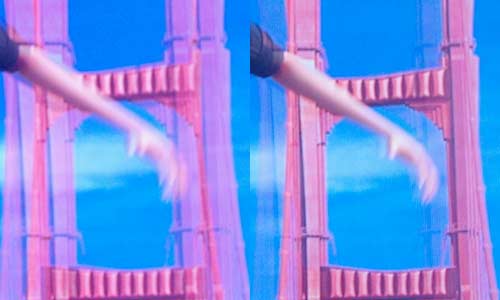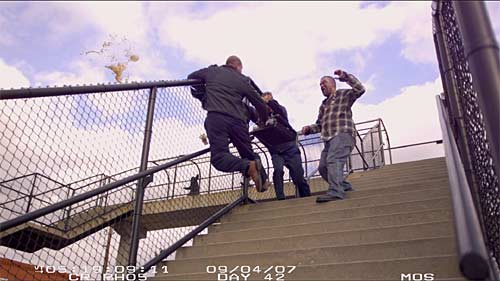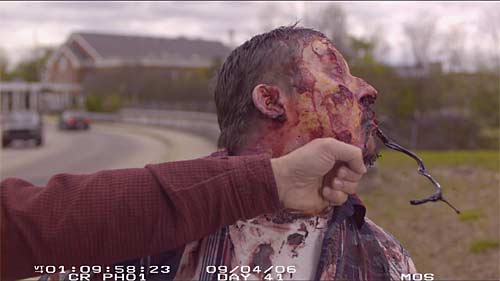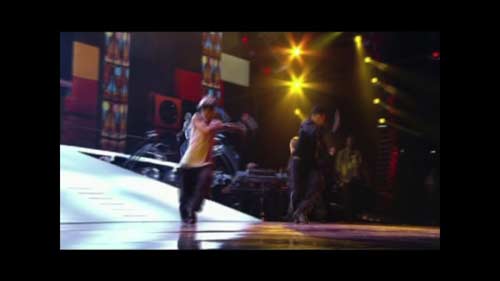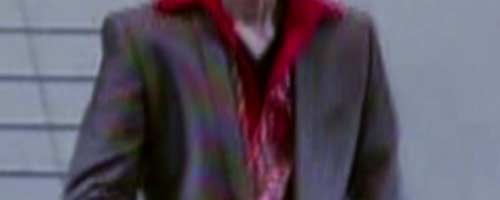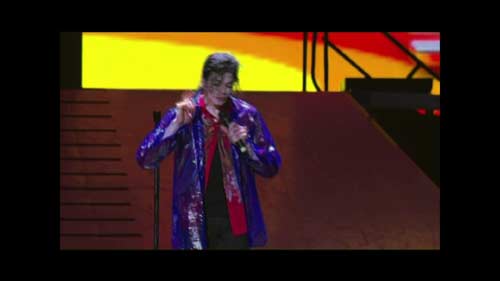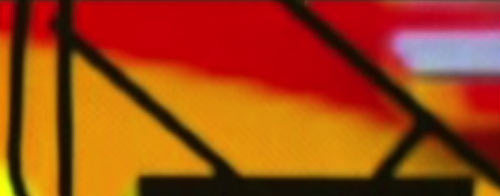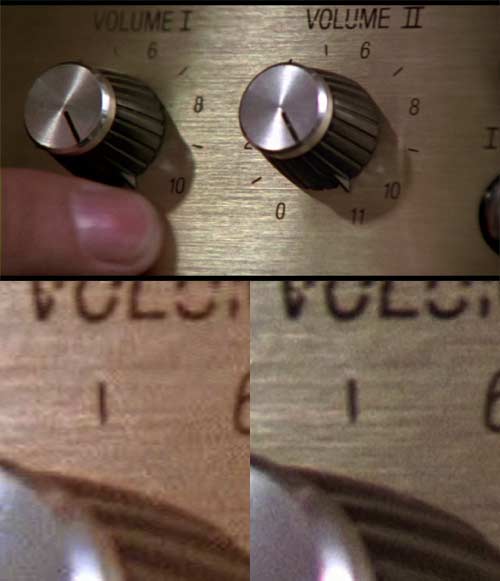Sometimes I think the art of listening to hifi — not for the music, but for the performance of the system — is somewhat like the art of tasting wine. Long time readers would realise from that association that I suspect that much in wine tasting is totally imaginary.
But of course there are differences. What is ‘good’ in wine is open ended. You may have a wonderfully enjoyable wine that is dry, while another is sweet, while a third is spicy. One is not necessarily better than the other. I imagine that in the wine tasting community, some degree of individual preference is acceptable.
In hifi, I think most would agree that ‘good’ is not at all open ended: a good system is one that approaches the sound of reality. A better one is one that more closely approaches that.
Defenders of, say, vinyl LPs as being superior to CDs, or analogue as being superior to digital, typically do not claim that their side is less accurate, but preferable because it is more to their taste. They usually claim that it is more accurate than the newer technology, at least in one or another important way.
Still, it is interesting to consider how such things as knowledge and price play into perceived quality for wine. Some interesting information appears in a 2008 paper from the American Association of Wine Economists: ‘Do More Expensive Wines Taste Better? Evidence From A Large Sample Of Blind Tastings‘. Here’s some of the abstract:
Individuals who are unaware of the price do not derive more enjoyment from more expensive wine. In a sample of more than 6,000 blind tastings, we find that the correlation between price and overall rating is small and negative, suggesting that individuals on average enjoy more expensive wines slightly less. For individuals with wine training, however, we find indications of a positive relationship between price and enjoyment. … Our results indicate that both the prices of wines and wine recommendations by experts may be poor guides for non-expert wine consumers.
That is, if you’re an expert you will tend to enjoy more expensive wines when you taste them, but the average joe would actually prefer the cheaper stuff.
However, as always, expectations have a significant effect. From the conclusion:
In another fMRI study, Plassmann et al. (2008) test whether marketing actions such as changes in the price can influence the experienced pleasantness of a product such as wine. Testers are given different wines that they are told differ in price. In reality, some of the wines are the same but simply presented with different prices. Prices are found to correlate positively with experienced pleasantness, measured through both subjective reports and fMRI scans.
If you know the stuff costs more, then you think (actually think, not pretending, if the functional magnetic resonance imaging scans are to be believed) it tastes better. Similarly, if you think something has been tainted before you experience it, you are more likely to ‘notice’ that it has been tainted than if you’re told afterwards:
There is a large relevant literature related to marketing. Lee et al. (2006) look at how knowledge of a beer’s ingredients (normal beer with added vinegar) can affect subjective appreciation. They show that the timing of the information plays a substantial role. One group of tasters is told about the vinegar, tastes the beer, and assigns ratings. A second group is told about the vinegar after tasting the beer, but before the ratings are assigned. On average, individuals in the first group assign significantly lower ratings, suggesting that informing participants about the vinegar influences the experience in itself.
And maybe loudspeakers carrying a prestigious brandname sound better to us than those carrying a common or unknown (but vaguely Taiwanese or Chinese sounding) name:
Using fMRI, McClure et al. (2004) find that having the subject’s favourite brand’s name on a drink makes it taste better than if it is unlabeled.
All the more reason to be careful in assessing equipment subjectively.
Speaking of fine wines, and fine music, how about another fine movie? First request in comments gets Le scaphandre et le papillon on Blu-ray. Test disc, no box etc. But a fine French movie (#205 on IMDB’s Top 250).
Data:Video 1080p24*, MPEG4 AVC @ 30.00Mbps, French DTS-HD Master Audio 16/48 @ 1957kbps with DTS core at 1509kbps, French Dolby TrueHD 16/48 @ 1349 with Dolby Digital embedded at 384kbps), English subtitles (impressed into video), no extras



